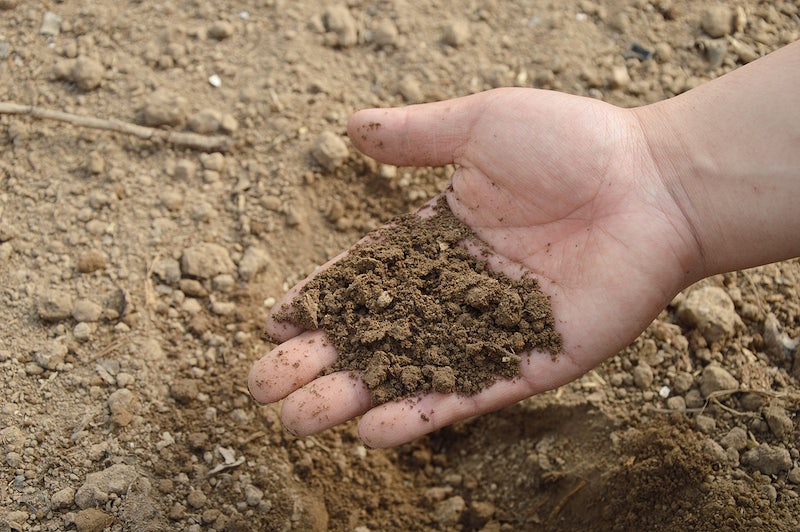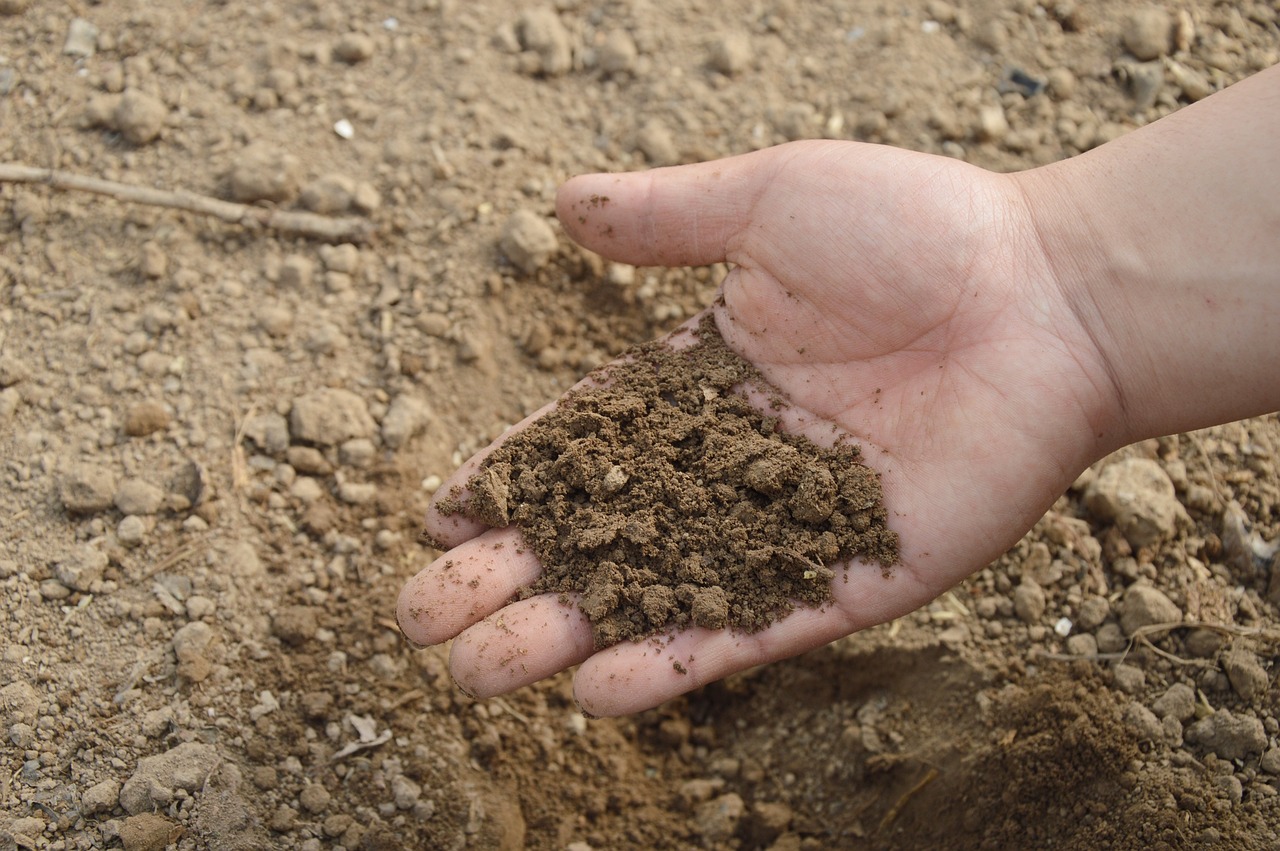The secret to a lush and productive garden often lies beneath our feet. Soil, often taken for granted, is the very foundation of the garden. It provides plants with nutrients, water, air, and support for their roots. Despite its importance, not all soil is created equal. This article will guide you through the process of creating the perfect garden soil to nurture and sustain your plants.
Understanding Soil Types
Before you begin amending your garden soil, it’s essential to understand the type of soil you’re dealing with. There are three primary soil particles: sand, silt, and clay. The ratio of these particles in your soil determines its texture and drainage capabilities.
- Sandy Soil: This soil type has large particles and drains quickly, often too quickly for many plants, leading to nutrient loss.
- Silty Soil: Silty soil has a smooth, soapy texture and holds onto water longer, but it can compact easily and hamper root growth.
- Clay Soil: This type of soil has the smallest particles, which makes it heavy, poorly draining, and hard when dry. However, it’s often rich in nutrients.
- Loam: The gold standard of garden soil, loam, is a balanced mix of sand, silt, and clay. It has good structure, drains well, but still retains enough moisture and nutrients for most plants.
Amending Your Soil
Regardless of your soil type, amendments can improve its texture, nutrient content, and moisture retention. Here are a few key amendments for creating the perfect garden soil:
- Compost: Compost is decomposed organic matter that improves soil structure, increases nutrient content, and aids in moisture retention. It can be homemade, using kitchen scraps and yard waste, or purchased from a garden center.
- Manure: Aged or composted manure adds a significant nutrient boost to your soil. Make sure it’s well-rotted; fresh manure can burn plants and may contain pathogens.
- Leaf Mold: This is simply decomposed leaves and is excellent for improving soil structure and water retention. It can be easily made by collecting fall leaves in a pile or bag and letting them rot.
- Sand: If you have heavy clay soil, coarse sand can improve its drainage and structure.
- Peat Moss or Coir: These help retain moisture and improve soil structure. However, peat moss is a non-renewable resource, so coir (made from coconut husks) is often recommended as a more sustainable alternative.
Testing and Balancing Soil pH
Soil pH affects nutrient availability to plants. Most plants prefer a slightly acidic to neutral pH, but some plants, like blueberries or azaleas, prefer more acidic conditions. Soil pH can be determined using a test kit from a garden center. If your soil is too acidic (low pH), you can add lime to raise it. If it’s too alkaline (high pH), you can add sulfur or aluminum sulfate to lower it.
Conclusion
The key to the perfect garden soil is understanding its properties and amending it to create a hospitable environment for plant growth. It might involve some work initially, but creating the perfect garden soil will reward you with healthier, more vigorous plants, and abundant harvests. So before you sow your seeds, make sure to invest time and effort into perfecting your soil. It’s a decision that will pay dividends in the growth and resilience of your garden.

